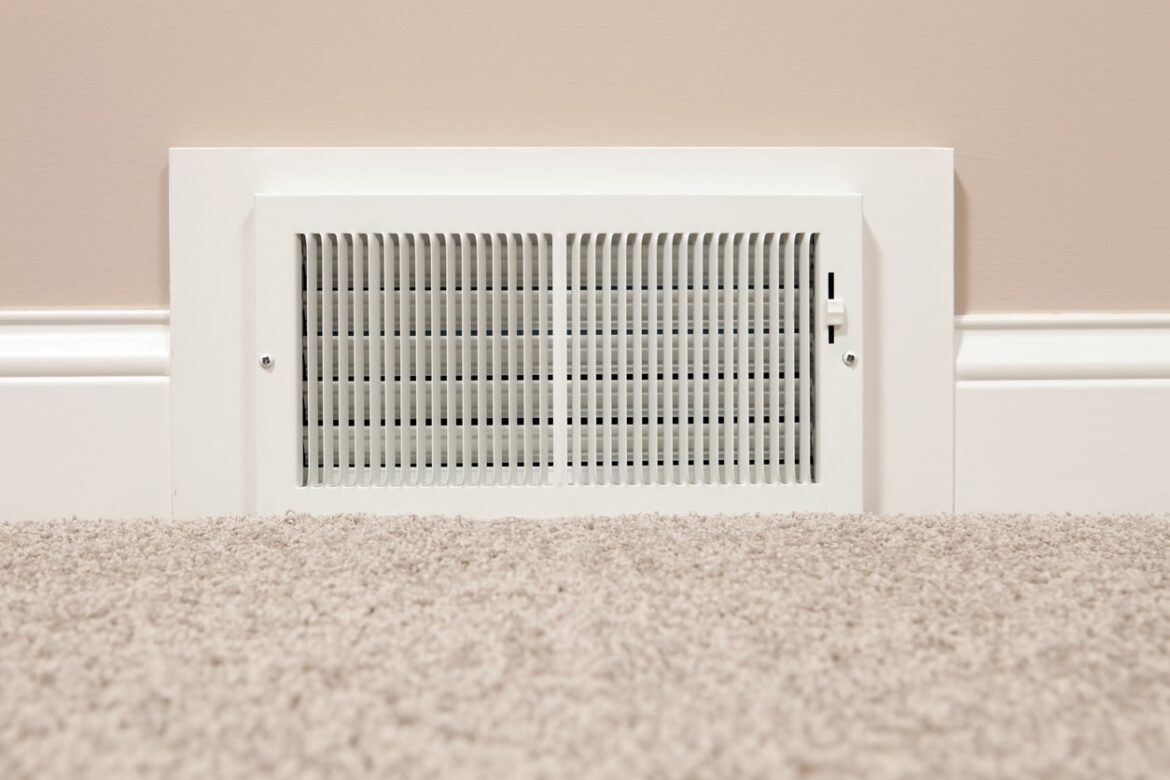1.4K
Right heating and ventilation is especially important in the winter months to achieve a comfortable temperature at home and in the office, while saving energy and costs as much as possible. We explain to you how to do it.
Right heating: It is important to know the basics
To heat your home properly, you need to know how the heated air travels and how it is created in the first place. Key points here is heat transfer.
- There are three types of heat transfer: convection, i.e. heat that is carried along by the air flow, as in the case of a vehicle heater fan. Radiation, i.e. electromagnetic waves, such as the heat rays of the sun. And heat conduction through solids, as with a teaspoon in hot water.
- The most common types of heating in the home are radiators or sectional radiators with fins, panel radiators and convectors. In all three, the convection component is greater than the radiation component.
- Flat radiators have large radiation, convectors give off their heat mainly by convection. Fan heaters have an indiscreet energy balance and should only be used in exceptional cases.
- Simplified, heaters work like a circuit: Hot air rises, along the ceiling it cools, and the cold air immediately above the floor flows to the heater to take up the space vacated by the rising hot air.
- With normal thermostatic valves, stage 2 corresponds to about 16 degrees, 3 to about 20 degrees and 4 to about 24 degrees.
How to heat properly
These are the right ways to heat.
- Heat continuously instead of intermittently. The thermostat ensures that the heating stops when the desired temperature is reached. If this does not work properly, we will show you how to replace the thermostat.
- Right room temperature in the flat: The living room should have about 20 to 23 degrees, in the bedroom 17 degrees are enough, in the office 22 degrees are good, in the kitchen and hallway you do not need to actively heat.
- If you are out of the house for six hours or more, you can turn the temperature down to about 15 degrees. This saves energy and you can quickly set your comfortable temperature again when you arrive.
- A rule of thumb says: every degree less saves about six percent energy. Just never let the temperature drop below 15 degrees.
- At night, external shutters help to lose as little heat as possible to the surroundings.
- In general, do not heat with the windows open. Instead, turn off all heaters twice a day during shock ventilation.
- Let the air flow inside the room as freely as possible. Do not hang or place anything directly in front of or above your radiator.
- Keep your blinds up and curtains drawn during the day: even in winter, the sun’s rays can bring a lot of warmth into your rooms.
- Keep doors closed and as tight as possible: foam sealant or good old door tack reduce draughts through internal doors and entrance door brushes reduce heat loss to the stairwell and outside.
- Vent your radiator regularly to maintain optimum efficiency.
More tips for your heating system
We have more tips for proper heating and ventilation.
- Especially in old buildings, heaters are still recessed or in a housing box. These should at least have openings at the front to allow cold air to flow in. There should also be openings at the top so that warm air can rise unhindered.
- The temperature sensor of the thermostat must be outside the enclosure, as the accumulated heat inside will cause high temperatures before the room is adequately warmed up.
- Do not obstruct the air flow by placing towels over the radiator, drawing curtains over the radiator or placing furniture too close in front of or over the radiator.
- Aluminium-coated polystyrene mats are particularly helpful on exterior walls: The air pockets in the Styrofoam make for poor heat conduction. The aluminium coating reflects a large part of the heat radiation. However, since the heating power comes mainly from convection, the effect of this measure is limited.
- Heaters are designed for the room sizes in which they are located. So close all doors so that the heater does not have to heat neighbouring rooms, hallways and stairwells as well.
- Control the temperature and humidity in your rooms. Only allow humidity above 60 per cent for a short time.
- In kitchens, the refrigerator, washing machine, dishwasher and especially the cooker normally provide sufficient temperatures.

